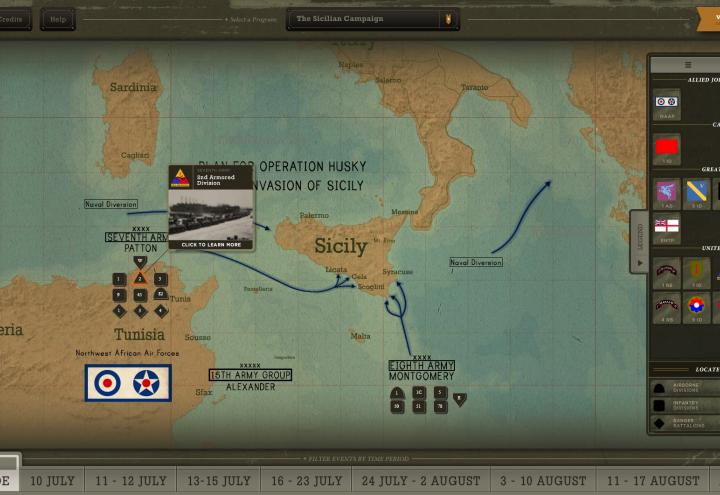
During the Sicilian Campaign of World War II, Allied forces conquered the island, which dominates the Mediterranean Sea, in a matter of weeks.
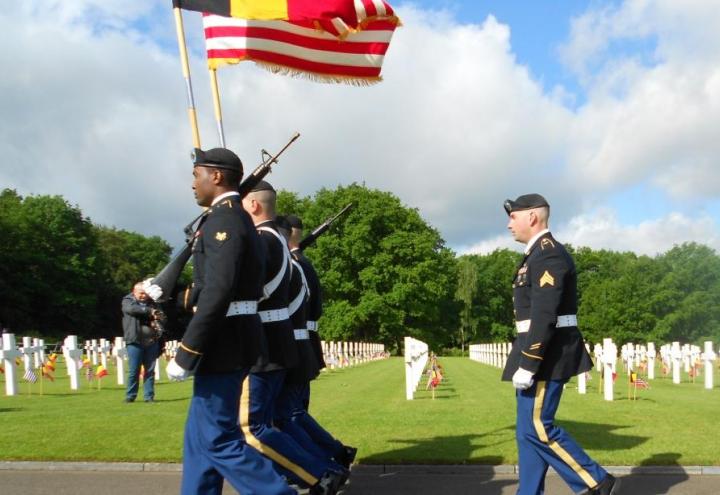
During Memorial Day weekend 2015, ABMC sites throughout the world paid tribute to the men and women buried and memorialized overseas.
Six months after the United States entered World War II, President Franklin Roosevelt issued an executive order creating the Office of Strategic Services (OSS).
The Sicily-Rome American Cemetery Visitor Center is temporarily closed. Due to flooding experienced at the cemetery, repair and maintenance work is ongoing in this building. The Visitor Center is expected to reopen on May 1, 2015. We apologize for the inconvenience.
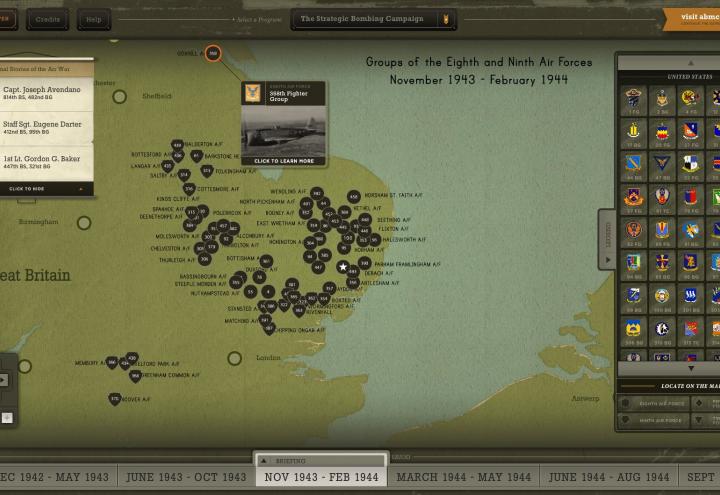
During World War II, Allied strategic bombing destroyed crucial German infrastructure, degraded critical logistics, damaged civilian morale, and forced the German air force into losing battles. It contributed heavily to Germany’s eventual surrender in May 1945.
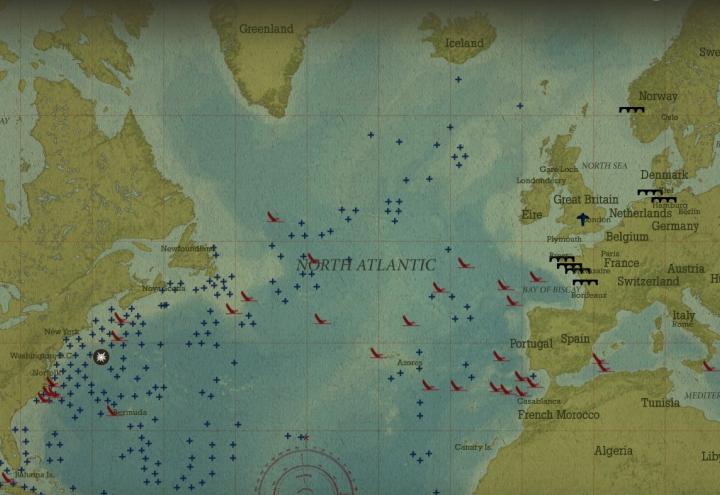
Even before the United States entered World War II, Allied forces were battling the Germans for the waters of the Atlantic. This titanic struggle lasted the duration of the war in Europe.
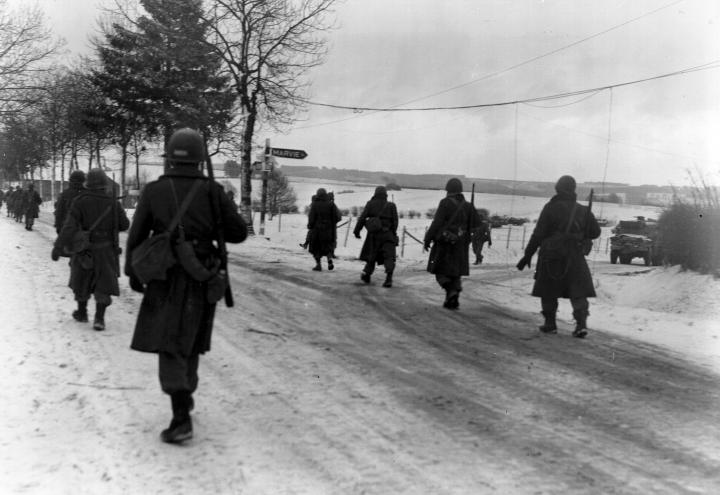
Seventy years ago today, the German Army launched the Ardennes Counteroffensive, better known as the Battle of the Bulge.
The United States was drawn into World War II on the morning of December 7, 1941, when the Japanese Navy conducted a surprise attack against the United States naval base at Pearl Harbor, Hawaii, home to the U.S. Pacific Fleet, claiming the lives of more than 2,400 people.
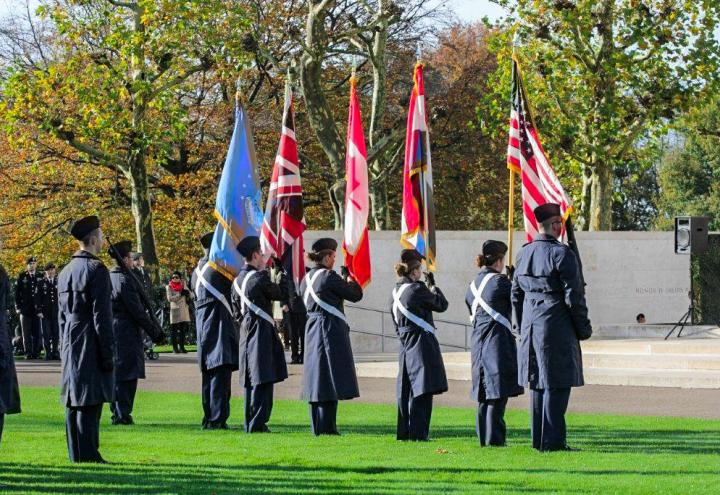
On Veterans Day ABMC sites paid tribute to the men and women buried and memorialized overseas.
